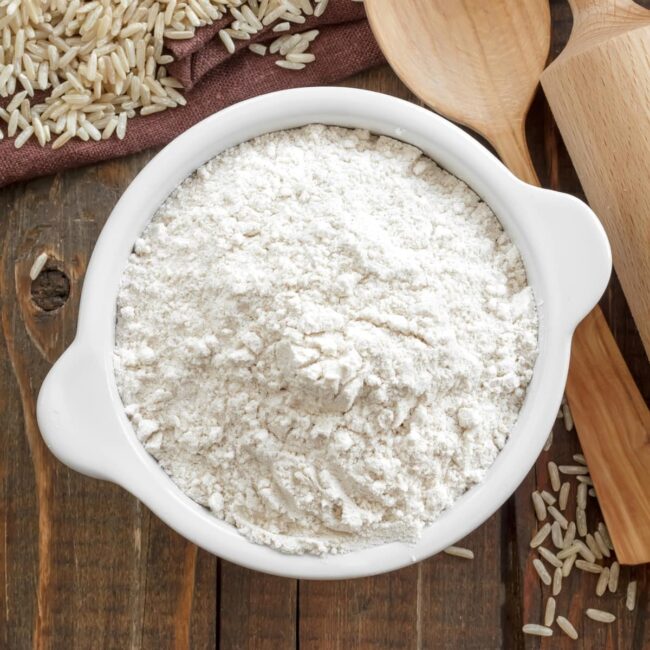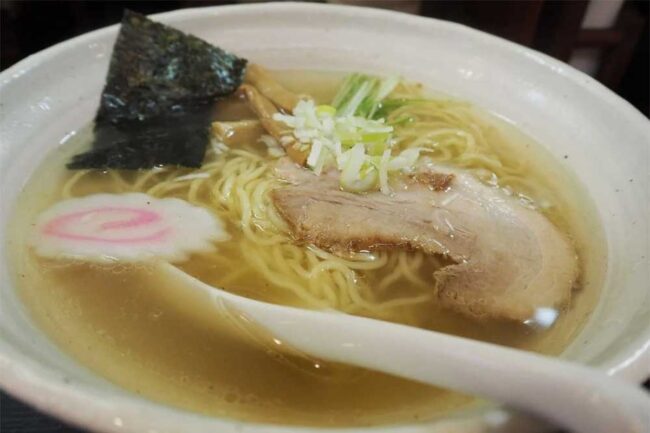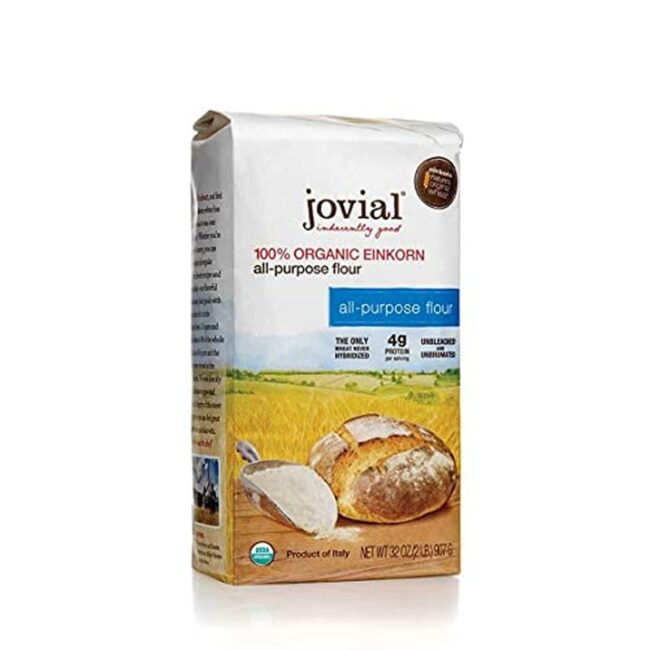2 Main Types of Spelt Flour Substitutes
Substituting spelt flour is simple with ingredients that offer similar flavors and textures for baking or cooking.
These alternatives provide the versatility needed for a wide range of recipes, maintaining the consistency you expect.
Whether for bread, cakes, or other creations, they deliver excellent results without compromising on quality.
Making slight modifications can ensure your dishes turn out just right.
Creative Replacements for Spelt Flour
Spelt flour replacements maintain the same nutty taste and baking quality. Here are 2 main categories to replace spelt flour.
Gluten-Free Options
Finding the right gluten-free flour to replace spelt flour opens up a world of baking possibilities.
Rice flour, for example, offers a light texture perfect for airy treats, while brown rice brings added nutrition and a hint of nuttiness.
Quinoa flour stands out with its rich protein content and lends a unique flavor that enhances baked goods' tenderness.
Buckwheat flour introduces an earthy depth that complements other gluten-free options beautifully when blended together.
Coconut and almond flours cater to those seeking grain-free alternatives; coconut’s absorbency requires careful liquid adjustments, whereas almond adds richness ideal for cookies or cakes.
Other Options
Allergies can play a significant role, especially if gluten is an issue; alternatives like almond or coconut flour work well in these cases.
Fiber content varies among flours, so opting for substitutes that maintain high fiber levels helps keep your diet balanced and nutritious.
Budget considerations often lead to choosing all-purpose or whole wheat flours, which are more affordable than spelt.
Keeping inflammation in check is crucial; selecting whole grain options supports heart health while managing blood sugar levels effectively enhances overall wellness.
What Is Spelt Flour?
Spelt flour stands out among grains for its rich history and nutritional benefits.
This ancient grain offers a nutty taste that elevates baked goods, enhancing both flavor and texture.
Many find it easier on the stomach than traditional wheat, making it a smart choice for those with digestive sensitivities.
Packed with vitamins and minerals, spelt flour supports a healthier lifestyle while delivering robust protein levels that contribute to satisfying recipes.
Exploring spelt flour opens up exciting culinary opportunities in your kitchen, allowing you to experiment with unique flavors in everyday dishes.
Nutritional Breakdown of Spelt Flour
Spelt flour offers a robust protein profile, which is particularly appealing for those following vegetarian or vegan diets.
With around 15 grams of protein per 100 grams, it serves as an excellent way to support daily nutritional needs.
Beyond its protein content, this flour shines in fiber richness at approximately 10.7 grams per serving; such fiber aids digestion and promotes satiety while helping manage weight effectively.
A wealth of B-complex vitamins enhances its value by supporting metabolism and energy levels, essential for overall well-being.
Packed with vital minerals like iron, zinc, and selenium as well as antioxidants that combat free radicals in the body, spelt flour stands out as a nutritious choice for anyone looking to boost their diet’s healthfulness.
Comparing Spelt Flour to Others
Exploring flour substitutes can open new avenues for your baking adventures.
Wheat flour serves as a common alternative, offering a lighter texture but lacking some of the nutritional richness found in spelt.
Whole wheat flour packs in fiber and nutrients, though it may weigh down your baked goods if used alone.
All-purpose flour shines with its versatility, making it an easy swap when other options are scarce.
Ancient grains like einkorn and kamut add unique flavors while presenting different gluten levels; these can enhance recipes that call for spelt without sacrificing creativity or taste.
Baking with Spelt Flour
Using spelt flour in baking introduces a delightful twist to your favorite recipes.
The unique texture offers a soft and slightly elastic feel, enhancing the overall quality of cookies, breads, muffins, cakes, and pastries.
Adjusting liquid amounts becomes essential due to its higher absorbency compared to traditional wheat flour; small increments can make all the difference for achieving that perfect consistency.
Expect lighter cookies and pastries with a delicate crumb while keeping an eye on baking times since they may require some fine-tuning.
For breads and muffins, spelt contributes a denser yet tender result with a nuttier flavor that can elevate any dish beyond the ordinary.
How to Use Spelt Flour
Spelt flour stands out as a remarkable ingredient, inviting creativity in the kitchen.
Rich in fiber and essential nutrients, this ancient grain offers health advantages that are hard to overlook.
Its adaptability shines when crafting sauces; a simple roux made with spelt flour can elevate any dish to new heights of flavor and texture.
Homemade pasta takes on a delightful twist when using spelt flour, resulting in noodles that are both hearty and flavorful.
In soups or meat dishes, it serves as an excellent thickening agent or enhances texture while adding nutritional value without compromising taste.



